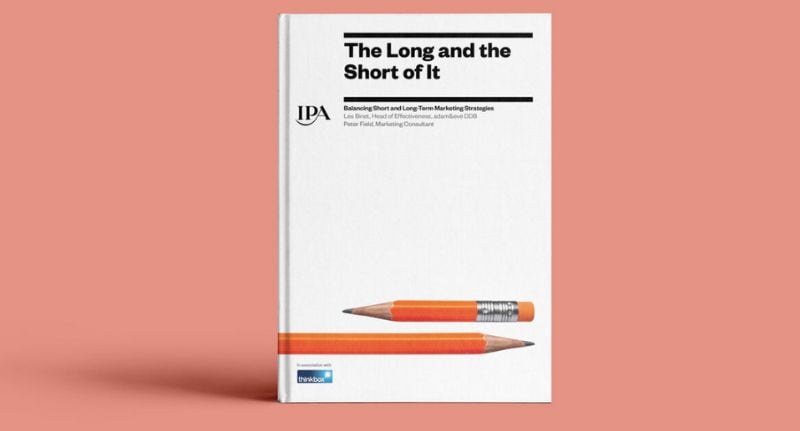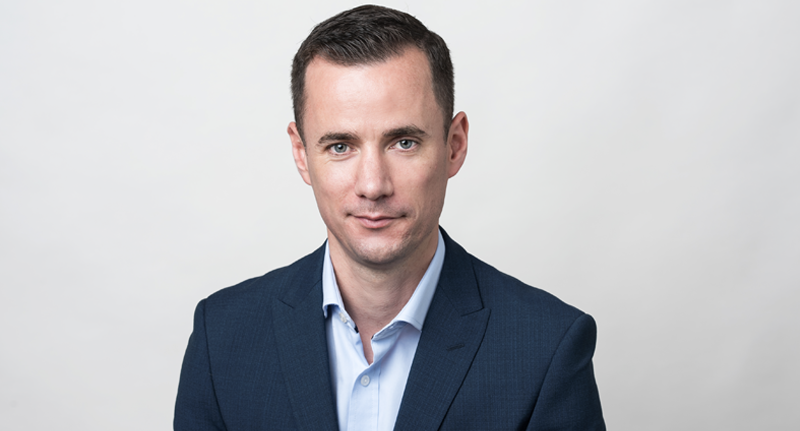According to Paul Sinkinson, Managing Director at Analytic Partners, the brands that won 2025 weren’t the ones chasing shiny new toys. They were the ones sticking to “boring” 1950s fundamentals.
Mediaweek caught up with Paul to discuss why there isn’t “One Ring to rule them all” in data analytics.
Mediaweek: So, looking back on 2025… What do you think worked?
Paul Sinkinson: It’s boring, but it’s the fundamentals. Honestly, it’s reassuring. Every so often, I worry I’ll be called out for pushing 1950s thinking, but it still seems to be right. People who got their creative going, kept media consistency, and went with a broad range rather than constantly switching is what worked. That’s where the base comes from.
Creating vs. harvesting demand
MW: I remember back to my days… typically, spending on a brand campaign was the first thing to be axed when budgets were tight.
PS: It’s interesting. When you reframe it into “creating demand” and “harvesting demand” rather than “brand” and “performance,” it becomes more palatable.
The question of “should you do brand or performance?” is a discussion. But “should you build demand or harvest demand?”… The “or” doesn’t exist there. Pretty much everybody agrees you have to do both. One isn’t good and the other bad. It’s a question of ratio. Depending on the economy and business performance, it might scale, but you would never say anything other than “and.”

The “chocolate milkshake” problem with AI
MW: There is so much noise at the moment about AI. Are there things you’re able to call out as “BS”?
PS: I think you start to realise that “One Ring to rule them all” doesn’t exist. Even in my world of analytics, there’s a danger in that speed.
We need to be careful that with all the speed and AI, we don’t confuse a report with an insight. You can make loads more things faster now. You can make brilliant creative on AI. But should you? It’s like the old slogan: “Tastes like a chocolate milkshake, only crunchy.” There is 40 years of value behind that.
McDonald’s could come up with beautiful jingles on AI, but the “I’m Lovin’ It” jingle has 20-plus years of power behind it. We need to be careful. I come back to “and.” That doesn’t mean you wouldn’t use AI. It has incredible power, but it’s part of an ecosystem. It doesn’t replace it.
The addiction to “junk” metrics
MW: Is there something that keeps you up at night in your working world these days?
PS: It’s still people looking at performance metrics like attribution and last-click data. It’s annoying because you tell people, “Hey, you shouldn’t do this,” and everyone says, “Yeah, I know.” But two-thirds of people are still using it. It’s this gap between what people say and what they do.
It’s like being aware I shouldn’t drink as much or eat junk food. Knowing it doesn’t matter; what I do is the important part.
Because you can see that data pull people in ways that actually harm the business, you end up having discussions you shouldn’t be having. And decisions being made that are based on a false premise.
MW: From what I’ve heard you say, maybe the Excel spreadsheet is fascinating for you, but you’re saying don’t react to it too quickly?
PS: It’s about realising which decisions need speed. If you were optimising search keywords, you need to do that in real-time. But for other decisions, you must realise the risk. I think people only see the potential upside rather than the downside.
If you make a change, you might be back at the starting point and have to wait three years to get back to where you were. When you line those risks up, it gives people pause. But those risks aren’t in people’s faces enough. We are addicted to fast reporting, and there isn’t enough “slow reporting” sitting there saying, “This is the risk to you from making that change.”

Great marketing vs. great advertising
MW: Has there been a campaign that stood out to you this last year where you thought, “My god, you guys nailed it”?
PS: I think some of the Telstra work is brilliant. I probably should name an Analytic Partners’ client! But I think their work around the end of the financial year became a marketing program rather than just an advertising program, looking at staff training, price, and so on.
As you see more campaigns that lean into the whole piece, advertising, creative, product, price, that is great marketing rather than just great advertising. If we can get more marketers doing “marketing,” the industry will become stronger.
MW: Has anything changed dramatically in this last year?
PS: We see some clients where demand harvesting is 80% to 100% of their budgets, which is scary. Everyone talks about Les Binet and Peter Field’s “The Long and the Short of It,” but nobody’s got that ratio! You know?

The influencer trap
MW: So, where are we going next year? What should businesses be doing differently?
PS: It’s being boring. Be consistent. Stay true to the fundamentals. Even when experimenting, experiment intelligently.
Influencers are the new thing everyone wants to jump on. Unilever said they might spend 50% of their money on influencers, but you are doing it as a brand-building channel.
Those brand basics don’t disappear. You can pay an influencer to make them famous, but if they aren’t branding you, it’s not advertising. It can be used for discovery or explaining complex things, but you need branding on it.
The end of the click?
MW: Are there things you’re looking forward to in 2026?
PS: I’m seeing more people lean into commercial analytics rather than just marketing analytics, going across the broader part of the business. That’s something we are very big on.
I’m also intrigued by AI search. We’ve been based on a click-based economy, but if there’s no click and no traffic, if it moves into LLMs, where does the data and reporting come from? That’s fascinating.
MW: I wanted to end with something about you as an individual. What are your favourites or recommendations for a podcast, video, and book?
PS: Podcast… I should say ours, The CMO Office. But being honest, it’s more like The Good, The Bad, and The Rugby.
Video. I’m a Sopranos tragic, so I follow anyone from that cast. Edie Falco popping up in Mayor of Kingstown recently was phenomenal.
And then for a book, I just finished reading James.
It’s a novel, a retelling of Huckleberry Finn from the eyes of Jim. It fills in the bits of what happens to him when they disappear in the story. It’s dark in places, funny in others, and really gives your brain a nudge. It made me go back and reread Huckleberry Finn. It was a real page-turner.
Main Picture: Paul Sinkinson, Managing Director, Australia and Asia, Analytic Partners

